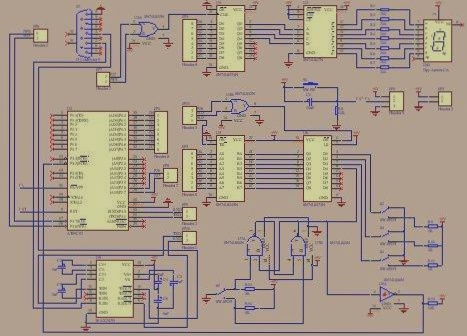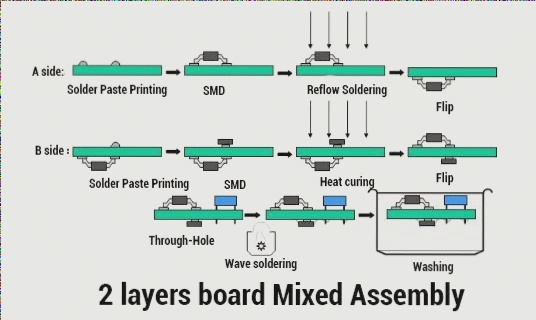The Basics of Transmission Lines in PCBs
Transmission lines in a PCB are composed of conductive traces within an insulating material, accompanied by reference planes. These traces, typically crafted from copper, are set in a dielectric substance like “FR4,” which integrates glass fiber for reinforcement.
There are two primary transmission line structures in digital design systems: microstrip and stripline. Microstrip lines can be categorized as standard or embedded, with standard microstrips located on the outer layer of the PCB, directly connected to the dielectric plane and exposed to the air. Embedded microstrips, on the other hand, feature copper traces shielded by a dielectric material.
Contrastingly, stripline is a transmission line enclosed by dielectric materials and positioned between two conductive planes. The critical distinction lies in ensuring the equidistance between the stripline and the two conductive planes.
New Developments:
- Recent advancements in PCB technology have led to the emergence of innovative materials for enhancing transmission line performance.
- Manufacturers are exploring ways to reduce signal loss and improve signal integrity in high-speed PCB designs.
- Simulation software is increasingly utilized to optimize transmission line layouts and mitigate signal interference.
For more insights on PCB fabrication and transmission line design, consult with industry experts to stay updated on the latest trends and techniques!





